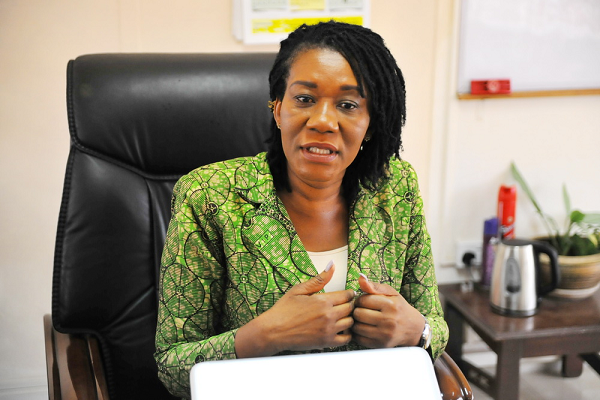Ghana News | Ghana Politics | Breaking News in Ghana

Perspective on poverty in Africa
High and entrenched fertility differential is the foundation on which other inequalities, such as, health, education, wealth and skill build and widen. Fertility differential is when a cohort of people have fewer babies and another have many.
Most often, poor women with relatively poor health endure frequent pregnancies in their reproductive life span, with many closely spaced births with detrimental socio-economic consequences to the families and the nation.
Advertisement
This phenomenon sustains high child and maternal mortality and morbidities, high population growth rate, a youthful population bulge with potential, who become a burden to the cohort of people with fewer healthier children, better educated, happier, better skilled and main taxpayers.
Ghana
For example, Ghana with a population of over 30 million, has less than two million taxpayers, while Singapore with a population of about 5.7 million had about 2.4 million taxpayers in 2016, 20 per cent with incomes of more than $80,000, according to the inland Revenue Authority of Singapore.
Because of the numbers in the high fertility bracket who have difficulty in meeting their nutritional, health and educational needs, there is national low human capital accumulation as reflected in the Human Development Index (HDI) of many countries with high dependency ratios and high population growth rates.
This occurrence entrenches health, education and employment challenges along the cohort lines; it widens inequality and creates suboptimal quality of health for citizens, irrespective of the one’s cohort.
Despite the fact that children in the better cohort are easily employed in meaningful jobs, wealth is also transferred from their parents to them while children of the other cohort struggle to care for themselves and their parents at a tender age.
This happening is the strongest and fortified sustained trend of poverty in any community irrespective of the level of natural resources endowment.
Sustainable
Sustainable development is quicker when there is demographic transition through policies, incentives, motivations and rewards that present all women the same chance to reproduce based on science, informed decision and choice.
As a result, the children are fewer, better nourished, healthier, happier, educated and gainfully employed.
The transition occurs when all women have access to reproductive health information and services, voluntary family planning for purposeful planned reproduction leading to reduced maternal, child mortality and morbidity.
This is vital for gender equity and equality, inclusive growth, quality health, relevant education for all, therefore, leaving no one behind in sustainable socio economic development.
Until and unless we boldly take steps to empower all women with knowledge, services and skills, the needy cohort will continue to reproduce in huge numbers, curtailing their chances to quality education, and society bears the brunt thereof.
The vision of the National Population Council is “Improved and sustained quality of life for all”.
This starts with the adequate provision of reproductive health information and services, good nutrition, health and education for all, women and girls inclusive.
The writer is the Executive Director, National Population Council
Writer’s E-mail: [email protected]




